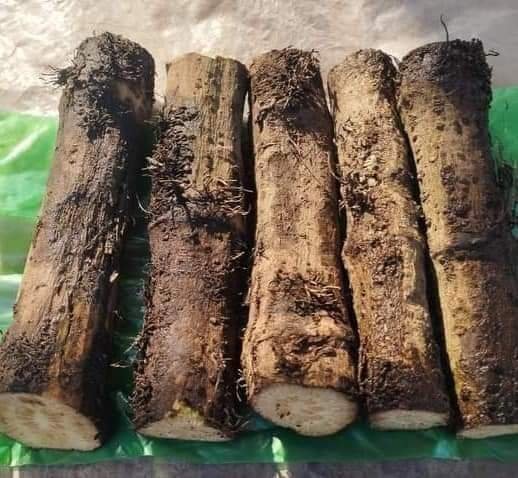Piper chili, known for its culinary and medicinal properties, is a versatile spice crop that finds extensive use in cooking. From resolving gastric issues to acting as a natural sedative, Piper chili boasts an array of medicinal benefits. Here’s a detailed guide on how to cultivate Piper chili:
Medicinal Properties:
Piper chili exhibits remarkable medicinal properties, including relieving gastric problems, enhancing appetite, and alleviating stomach and intestinal inflammation. It acts as a sedative, relieves physical weakness and pain, and aids in reducing body pain for new mothers. Additionally, it helps in managing cough, phlegm, asthma, diarrhea, and anemia.

Breeding:
Piper chili can be propagated through seeds and vine cuttings. However, propagation through vine cuttings is preferred due to faster growth and higher yields. Seedlings are readily available in nurseries, primarily in the southern region of the country.
Land and Soil:
Piper chili thrives in loamy and sandy loam soils with good drainage and adequate shade. Normal orchard soil is suitable for Piper chili cultivation, with attention required to prevent water accumulation, especially during monsoons or floods.
Planting Time:
The ideal planting times for Piper chili vines are during the months of Baishakh-Jaishtha (April-May) and Ashwin-Kartik (October-November). Vine cuttings, typically 50 to 75 cm long, are planted directly into the soil.
Cutting Treatment:
Before transplanting, Piper chili cuttings should be treated to prevent pest infestations. Soaking the cuttings in a solution of suitable chemicals for 30 minutes ensures healthy growth and minimal disease or insect attacks.
Fertilizer Management:
Prior to planting, each planting hole should be filled with a mixture of cow dung manure, Fertilizer application before and after the monsoon season, along with regular irrigation and soil loosening, promotes optimal growth.
Irrigation Management:
Regular irrigation, especially during the dry season, is essential for normal plant growth. Special care should be taken to avoid waterlogging at the base of Piper chili during the rainy season.
Supporting Structure:
Piper chili is a creeper and requires climbing support. Trees such as mango, jackfruit, and coconut are commonly used as support structures. Alternatively, Piper chili can be cultivated without soil, although this method may result in vine damage during the monsoon season.
Harvesting and Yield:
Piper chili becomes edible approximately one year after planting, with optimal yields achieved from 5 to 6-year-old trees. A yield of 2.0 to 2.5 metric tons per hectare can be expected, with a mature tree producing about 15 to 25 kg of Piper chili vines annually.
By following these cultivation practices, you can successfully grow and harvest Piper chili, enjoying its culinary and medicinal benefits.

